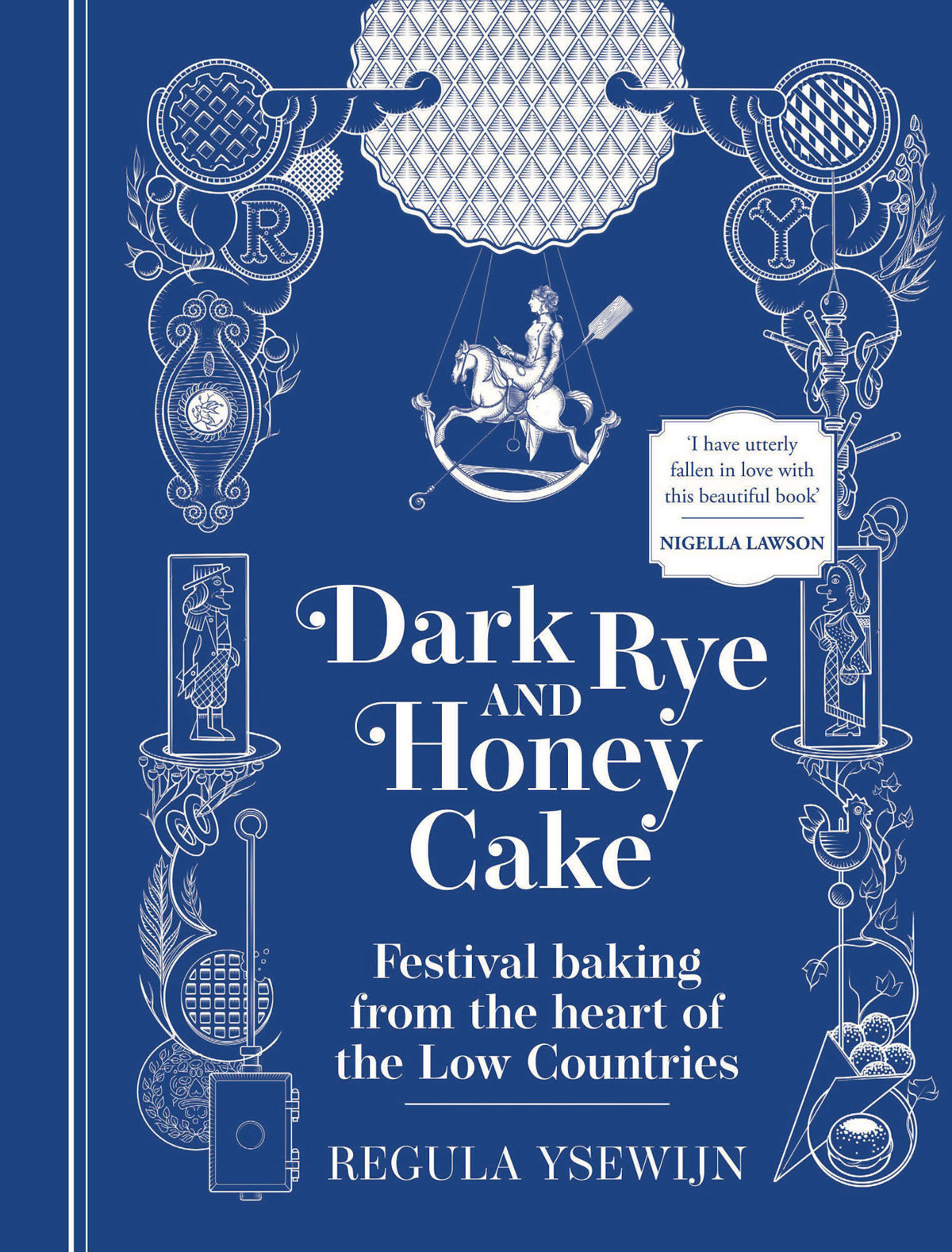Oliebollen
 Makes 12 oliebollen
Makes 12 oliebollen Easy
Easy 45 minute resting time
45 minute resting time  10 minutes
10 minutes From as soon as humans figured out you could cook something in scalding hot fat, people have fried food. And for as long as people have been frying dough, so long has it been connected to a celebration. We might take a full pot of fat or oil for granted these days, but in the past frying was a costly affair. Common people could not afford to use up that amount of fat or oil so frying dough was connected to days when people came together to share; hence, oliebollen or doughnuts are connected to New Year celebrations, Carnival, Mardi Gras and village fairs or kermis. This was a special treat, even though the fried dough was made of humble ingredients.
This recipe was developed with the help and approval of Gebakkraam Abel from Ghent. They bake my favourite oliebollen.
In Flanders these days we often call them smoutebollen, after smout, the animal fat that was for a long time used to fry them. If you visit Belgium or the Netherlands, don’t pass on the opportunity to treat yourself to a large pointy paper bag with hot sugar-dusted oliebollen from a gebakkraam.
Ingredients
Method
- 200 g bread flour
- 1 T caster sugar
- 5 g salt
- 7 g instant dry yeast
- 200 ml full-cream milk, at room temperature
- 80 ml water
- 1 T melted butter or oil
- 2 litres oil or lard, for frying
- icing sugar, for dusting
Method
Ingredients
1. Use a deep-fryer or a deep heavy-based saucepan.
2. Combine the flour, sugar, salt and yeast in a large bowl, or the bowl of an electric mixer. Pour in the milk, the water and the melted butter or oil, and whisk until your batter is smooth. It should be wet and scoopable, but it shouldn’t pour from a spoon like pancake dough. Cover the bowl and set the batter aside to rest for 45 minutes.
3. Heat the oil to 180°C (350°F) in a deep-fryer or deep heavy-based saucepan. The oil is the correct temperature when a cube of bread is added and turns golden brown in 60 seconds. Use an ice-cream scoop to make nice scoops of the batter and let them slide into the hot oil. Fry for 5–6 minutes on each side or until golden brown: use your visual cue and don’t leave the fryer unattended.
4. Transfer to a tray lined with paper towel while you cook the remainder, then pop them on a serving tray – or, if you want to go traditional, put them into a paper bag or paper cone – and dust generously with icing sugar. Eat them hot and with your hands: licking your fingers is essential.
Cook's note: Mix caster sugar (I have a stick of vanilla in my jar of sugar) with a little cinnamon and use that instead of icing sugar to dust the oliebollen. This is not traditional at all but very nice indeed!

This is an extract from Dark Rye and Honey Cake: Festival baking from the heart of the Low Countries by Regula Ysewijn (Murdoch Books). Photographs Regula Ysewijn.
There are no comments yet.





Comments